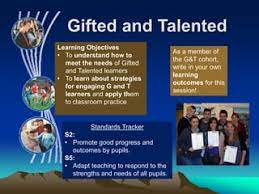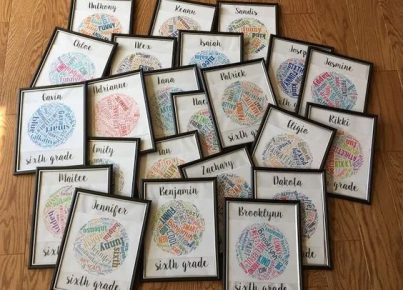As a newly qualified teacher (NQT), you will come across a variety of terminologies and concepts that may be new to you. One such important concept to familiarize yourself with is gifted and talented (G&T) education. In this article, we will provide you with an overview of G&T, its importance, and how you can support these students in your classroom.
Gifted and Talented: What Does It Mean?
Gifted and talented students are those who exhibit outstanding abilities or potential in one or more areas, including intellectual ability, creative thinking, artistic or musical talent, leadership qualities, or psychomotor skills. It is crucial to recognize and support these students as nurturing their potential can lead to remarkable achievements.
Although definitions of “giftedness” may vary, it is generally understood that G&T students possess unique characteristics that set them apart from their peers. These traits may include exceptional problem-solving skills, quick absorption of new information, depth of understanding, strong creative thinking abilities, or advanced talent in a specific domain.
Supporting G&T Students in the Classroom
As an NQT, helping G&T students reach their full potential should be one of your priorities. Here are some tips on how you can do this:
1. Differentiation: One key strategy in teaching G&T students is providing differentiated instruction. This means adapting content, process, product, and learning environments to better meet the individual needs of your students. Offer various levels of challenge within lessons so that all learners can engage at an appropriate level and pace.
2. Enrichment: Go beyond the standard curriculum by offering enrichment opportunities to deepen your students’ understanding and extend their learning. This could include project-based learning, real-world applications of concepts, interdisciplinary activities, or even partnerships with local organizations focusing on specific areas of interest relevant to your subject.
3. Encourage critical thinking and creativity: Promote higher-order thinking in your classroom by encouraging students to analyze, evaluate and create. Use open-ended questions, problem-solving tasks, debates, and other activities that require students to think critically and creatively.
4. Foster a growth mindset: Encourage a growth mindset in your students by praising their effort, persistence, and resilience rather than focusing solely on their abilities or achievements. Cultivating a positive attitude towards learning will help G&T students embrace challenges and develop new skills.
5. Provide emotional support: Gifted students may experience social-emotional challenges, such as peer isolation or perfectionism, that can affect their academic progress. Create a supportive and inclusive classroom environment that addresses the emotional needs of all your students and fosters a sense of belonging.
Lastly, professional development is crucial for NQTs to continually enhance their understanding and skills in supporting G&T students. Attend workshops, webinars, or conferences specifically designed for teaching gifted learners. Network with colleagues who specialize in gifted education to exchange tips and strategies effectively.
In conclusion, understanding giftedness and nurturing the unique abilities of G&T students is essential for any teacher. As an NQT, arming yourself with the knowledge and skills to cater to these exceptional learners will not only benefit them but also contribute to your own professional growth.





